Last week D. and I finally made the trek downtown to the National Gallery of Canada to see the Paul Klee exhibition.
See how happy I am? I’d had my eye on this exhibition for nearly a year, it was a long time coming.
Several things struck me as we made our way around the gallery. With the (not so) hidden agenda of capturing them for future reference, I thought I’d share them here. Voici, my top five takeaways from seeing Klee’s work:
1. Small is beautiful.
I was very surprised at how small Klee’s paintings were. I’ve seen them in books, but often the coloured plates featured in the books are larger than the paintings themselves. The small scale in no way diminished my engagement with his pieces though, in fact, it made me lean in and look at them more closely. Maybe that was his intention all along.
2. Don’t be afraid to move things around.
Klee would paint a watercolour then cut the sheet in pieces and move the pieces around, switching the order of things. He did this with Temple Gardens, below, and the more I flip through my newly bought Klee books (of course I bought new Klee books!) the more I’m learning that he did this often.
Temple Gardens, 1920, by Paul Klee. Klee cut his original watercolour into three sections and moved the centre one to the left. NOTE: This piece also floored me with its size - about 7”x10”. I thought it would be much bigger.
3. Experiment with different materials.
Watercolour on gesso on fabric, bordered with gouache and ink, mounted on cardboard. That’s a thing, with Klee. He wasn’t afraid to mix materials. It makes me want to experiment with my art supply stash. I bet you have a stash too. I think we should pull out our stashes and play.
4. Let your artistic freak flag fly.
Klee’s pieces rarely depict something as we see it in real life. Overlapping lines and shapes might represent anything from plants or animals to people or spirits. None of these images look realistic yet they still engage and are able to communicate meaning and feeling to the viewer.
Some of these non-representational images birthed by Klee reminded me of images I created in the past that I promptly dismissed and in some cases painted over. I did this because they looked weird and nonsensical, they didn’t look like anything “real”.
Tsk, tsk.
Imagine the tragedy had Klee done the same? Embrace the freak flag, let it fly.
5. Use what you have on hand.
Klee painted on cardboard a LOT, so seriously, time to gesso the back of that cereal box and get cracking! No excuses. If it’s good enough for Klee, it’s good enough for all of us.
.:.
The Klee exhibition is still on until this Sunday, March 17th, I highly recommend it. If you have a chance to see it let me know what you think. I’d love to know what your takeaways are.


